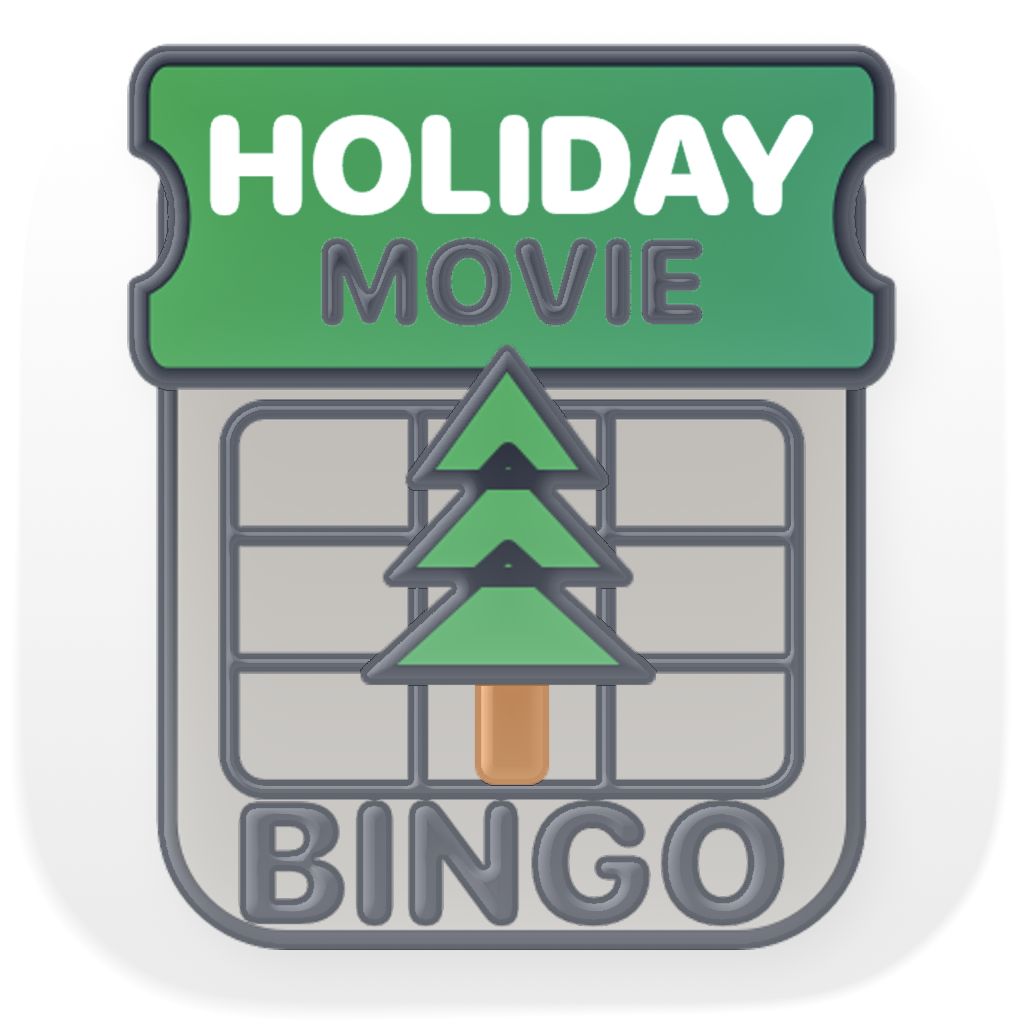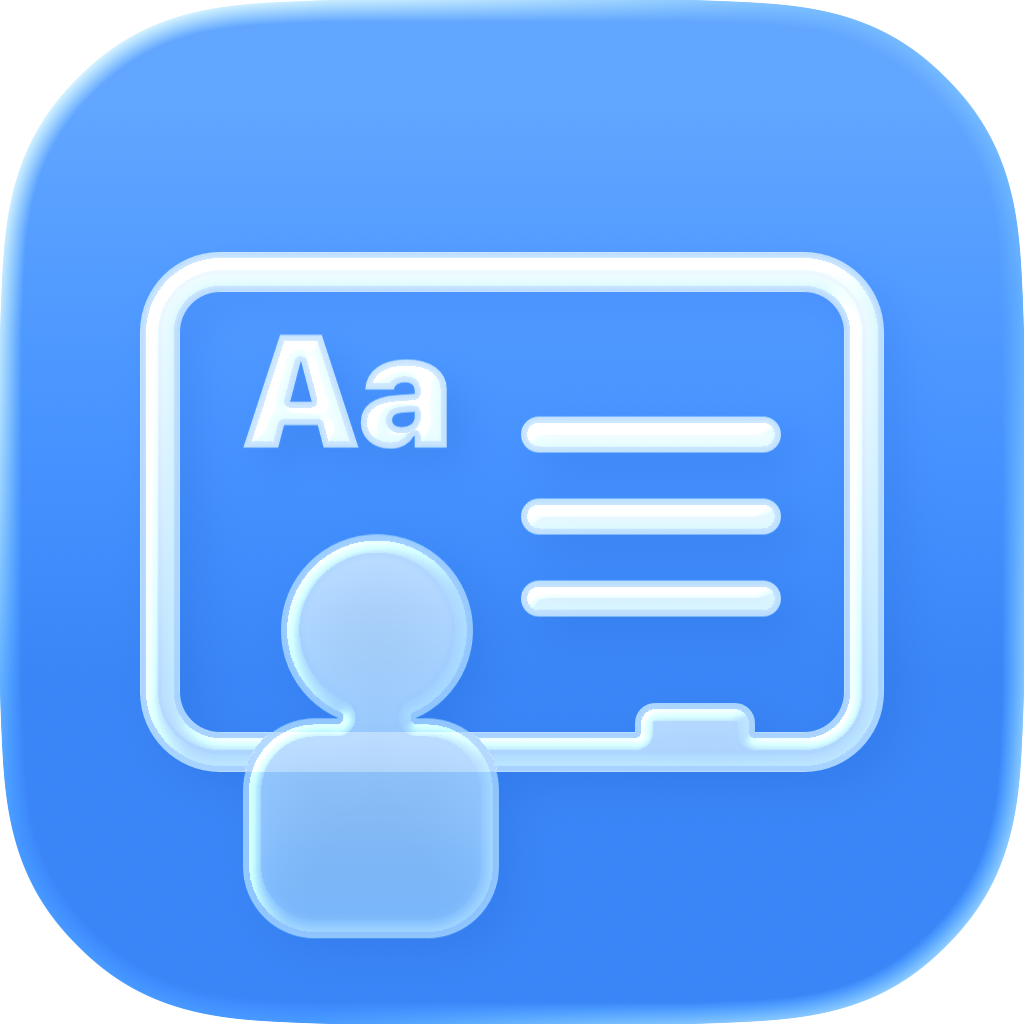Technology that supports the craft.
We create simple, thoughtful tools that help people do their best work.
Our first apps are built around creativity and care — one for the classroom, one for the studio, and one for the practice.
Classroom Tools for Teachers helps educators stay organized, equitable, and focused on students.
Potter’s Log supports artists in managing their craft, from shaping clay to tracking every finished piece.
Time & Care helps educational therapists and specialists stay present with their clients while keeping billing simple — tracking sessions, notes, and time with the same thoughtful ease.
WrapTrack helps you create, share, and secretly track wishlists through iCloud — keeping gift-giving organized, joyful, and full of surprise.
Holiday Movie Bingo turns your favorite festive films into a fun, shareable game — track classic holiday moments, compete with friends, and celebrate the season together.
At Hi Friends, we believe technology should feel like a good conversation — friendly, useful, and designed to make your day a little easier.



